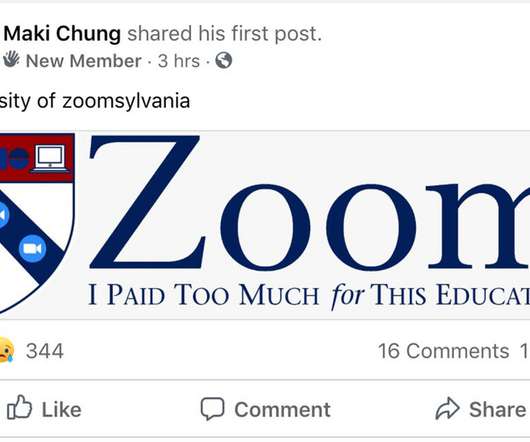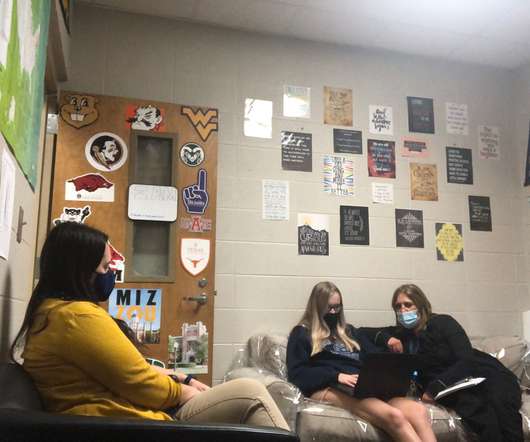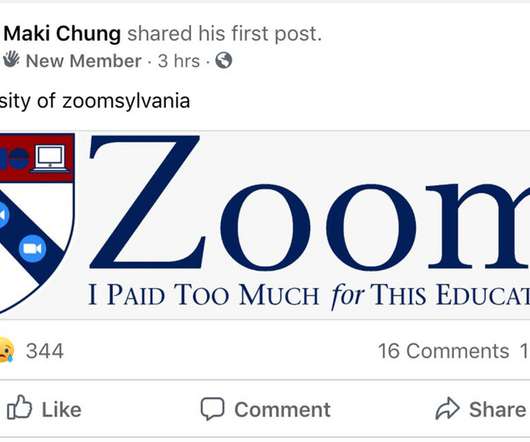The Past Decade Forecasts a New Wave of Economic Opportunity in Education
Edsurge
DECEMBER 30, 2019
Some call it “The Rise of the Machines” for the convergence of multiple technologies: artificial intelligence, big data, data science, robotics plus virtual and augmented reality. Our higher education system formed around libraries. Our primary and secondary education systems formed around teachers imparting knowledge.



























Let's personalize your content